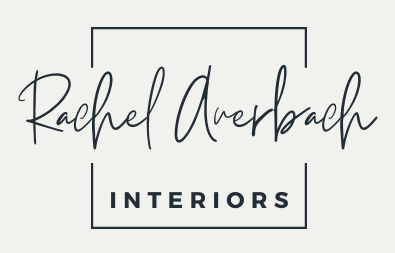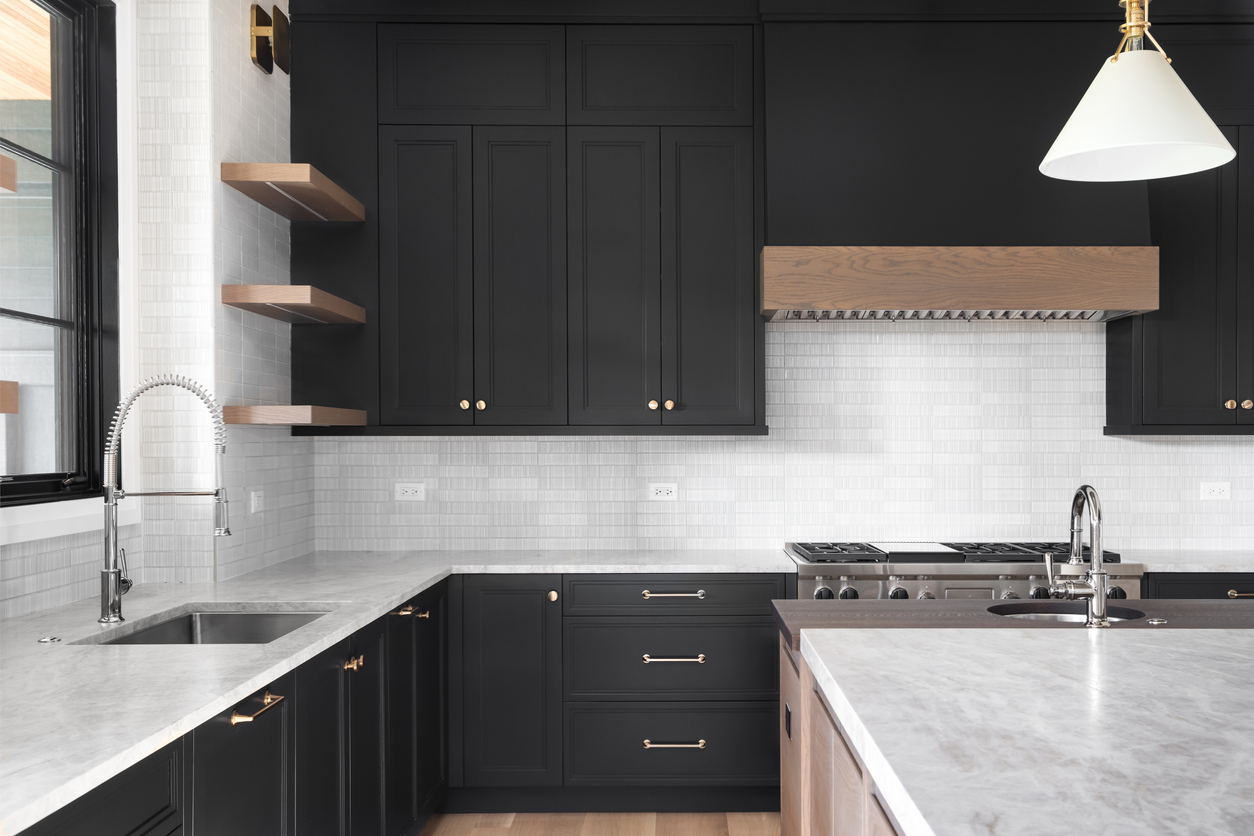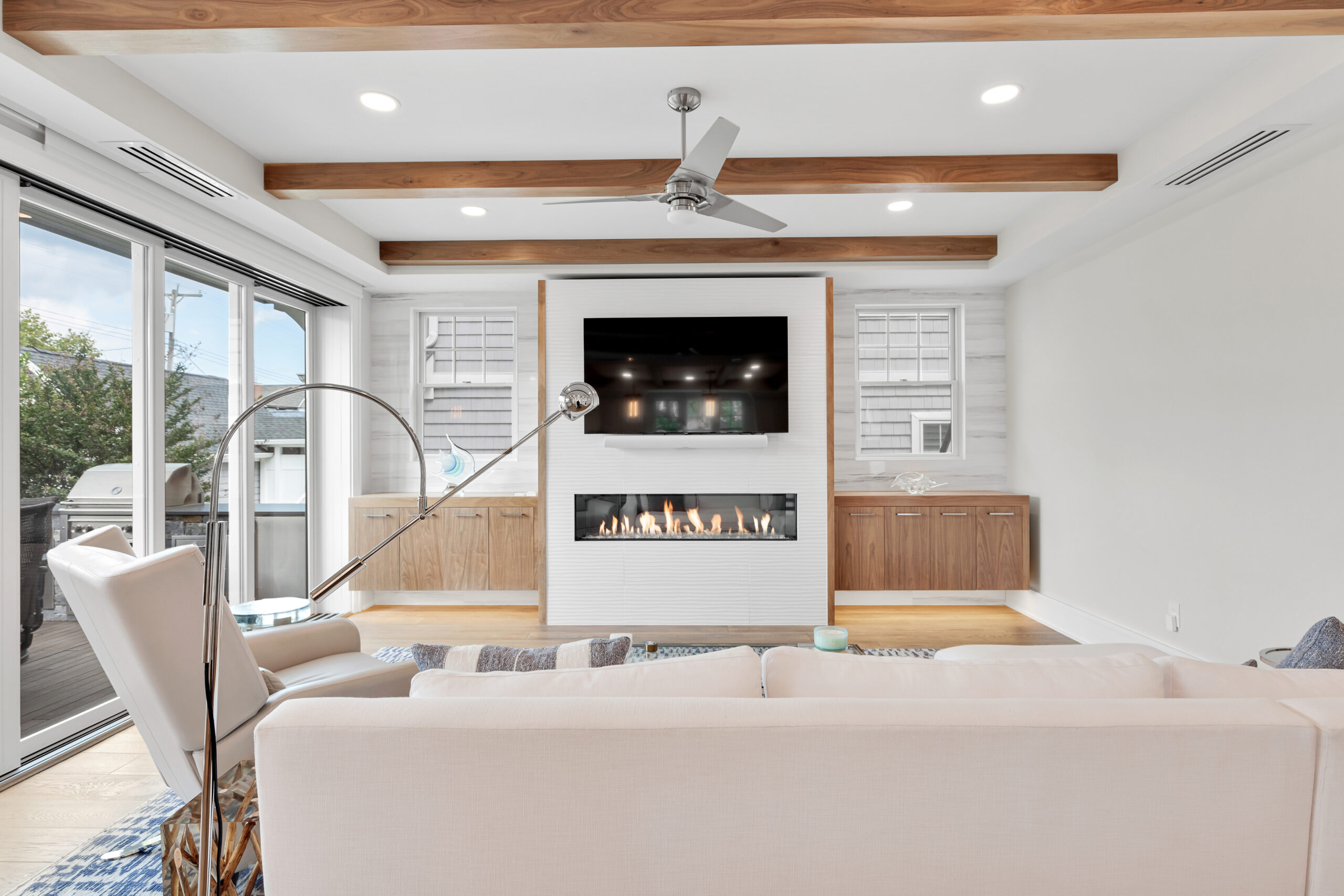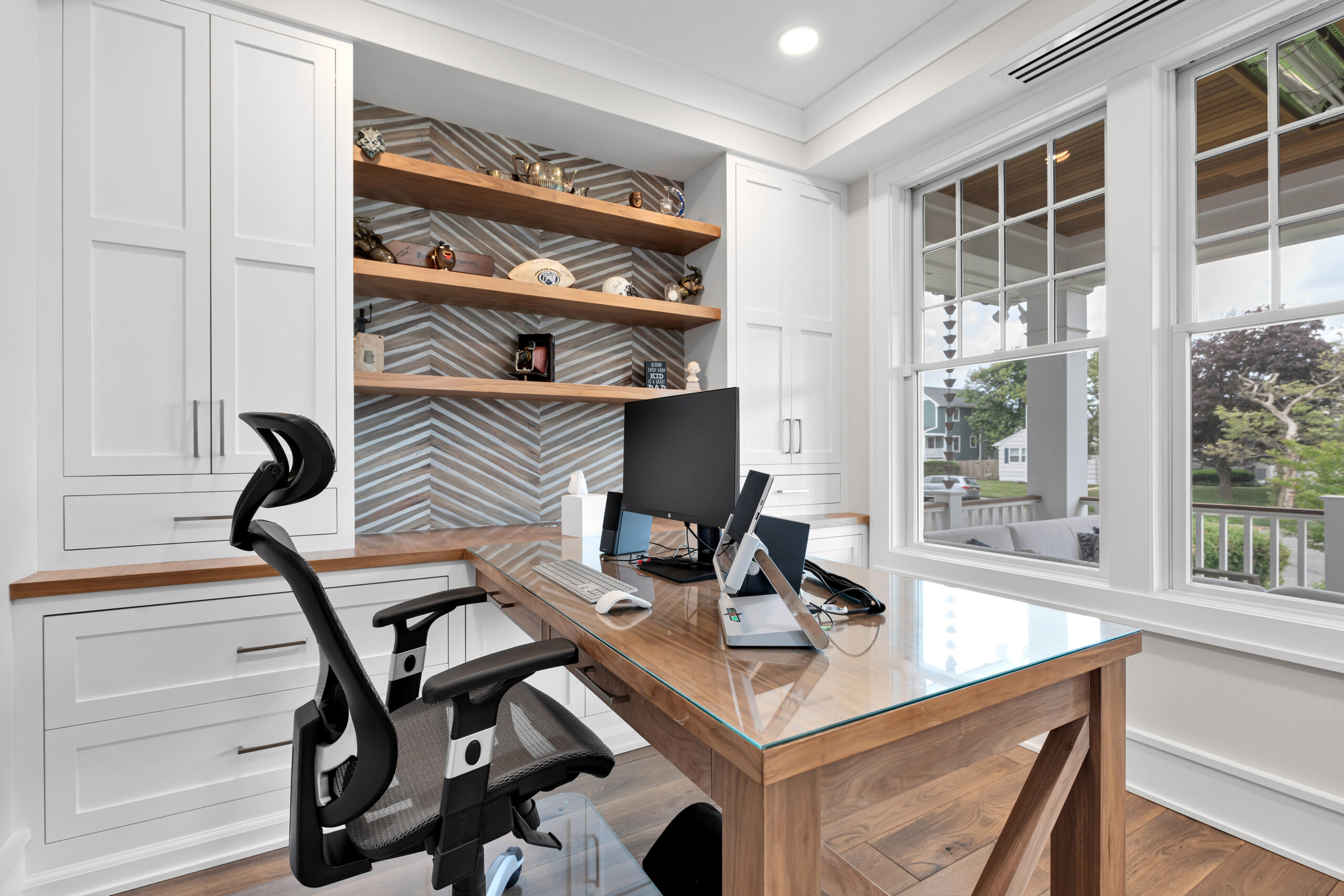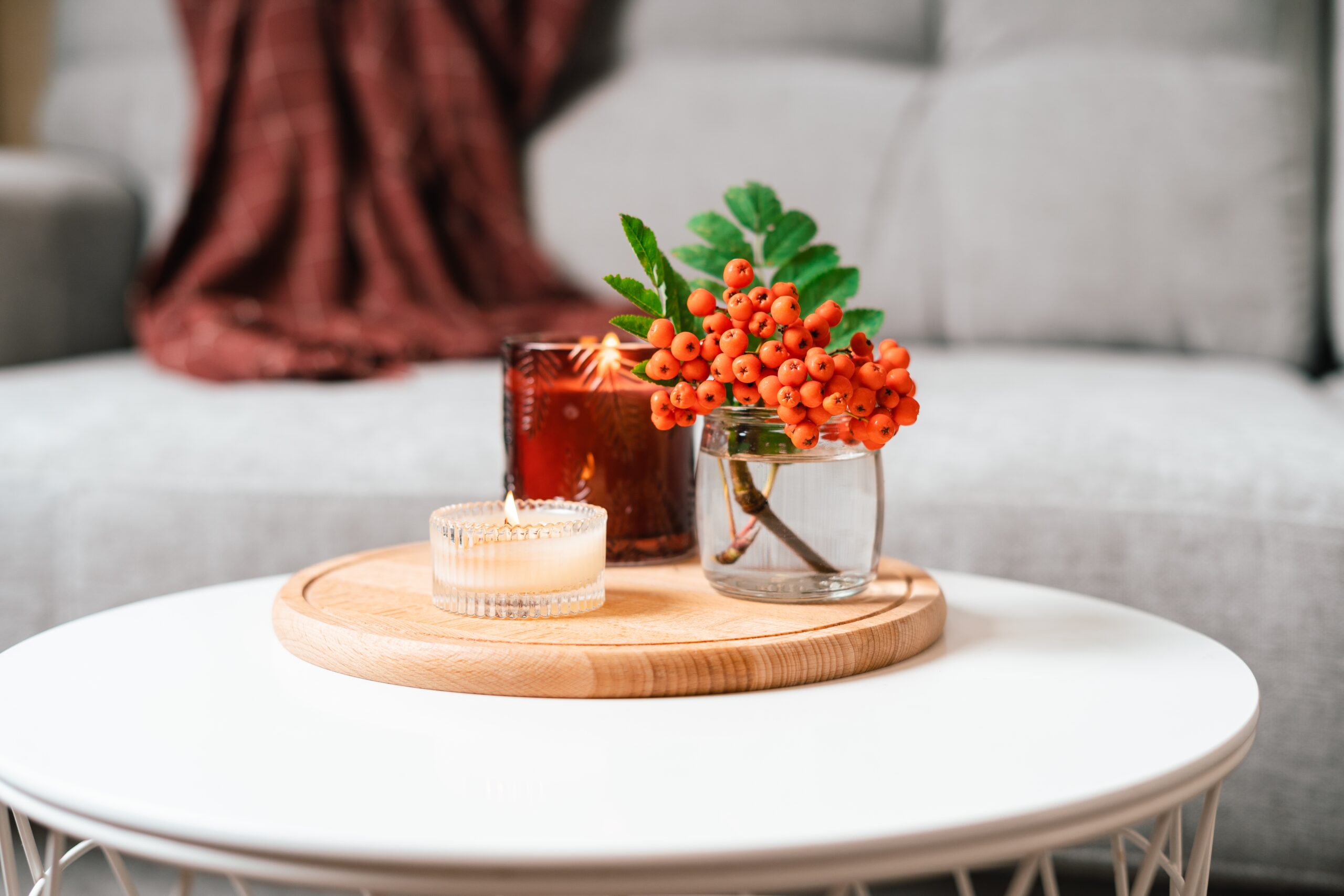Allocating your budget effectively during a construction project is essential to achieving a beautiful and functional space without overspending.
Here’s the best way to approach it!
⚫ Define Your Objectives and Priorities
List Your Needs and Wants: Start by outlining what you need versus what you want in the project.
Set Clear Goals: Determine what you aim to achieve with the construction project. Is it to increase property value, improve functionality, or enhance aesthetics?
⚫ Always Seek Professional Advice
Hire a Builder, Architect and Designer: Their expertise can help optimize space and functionality, potentially saving money in the long run.
Consult a Financial Advisor: They can provide insights into financing options or potential tax benefits related to renovations and new construction.
⚫ Establish a Realistic Budget with the Project Scope
Assess Your Finances: Understand how much you can afford to spend on the project. You can’t start without doing this first!
Write the Scope: Sit down with your contractor and designer to list out the project scope to make sure all is included.
Gather Estimates to Establish a Budget: Get pricing on materials, labor, permits, and other expenses to ensure your budget aligns with market realities.
⚫ Prioritize Structural Elements
Allocate Funds Properly: Ensure that foundational aspects like roofing, plumbing, electrical systems, and structural integrity are addressed before aesthetic considerations. You can always get a new sofa if your cheap one rips, but you don’t want to rip open your walls to replace broken plumbing fixtures. Built-in items like cabinetry, doors, trim, plumbing fixtures, tile, and flooring should always be of good quality since they are long-term investments.
⚫ Consider Return on Investment
Focus on High-Impact Upgrades: Kitchens and bathrooms often provide the highest ROI and significantly enhance property value.
Energy Efficiency: Investing in energy-efficient solutions (such as insulation) can lead to long-term savings.
⚫ Allocate for Aesthetics!
Budget for Finishes: Once essential elements are covered, keep a healthy budget for finishes like wallpaper, hardware, furniture, and light fixtures that align with your design vision.
Flexibility: Be prepared to adjust choices based on remaining funds as you proceed with the project. For example, if you want to upgrade to premium countertops, you may need to hold off on your custom closets for the time being…
⚫ Monitor and Adjust Throughout the Project
Regularly Review Expenditures: Keep track of spending to ensure you’re within budget.
Be Ready to Reallocate Funds: If certain areas come in under budget, you can redistribute funds to other parts of the project, which is always a pleasant surprise.
By working with professionals to assess your priorities and understand your costs you can allocate your money effectively during a construction project, ensuring that your space meets your functional, aesthetic and financial goals 🙂
